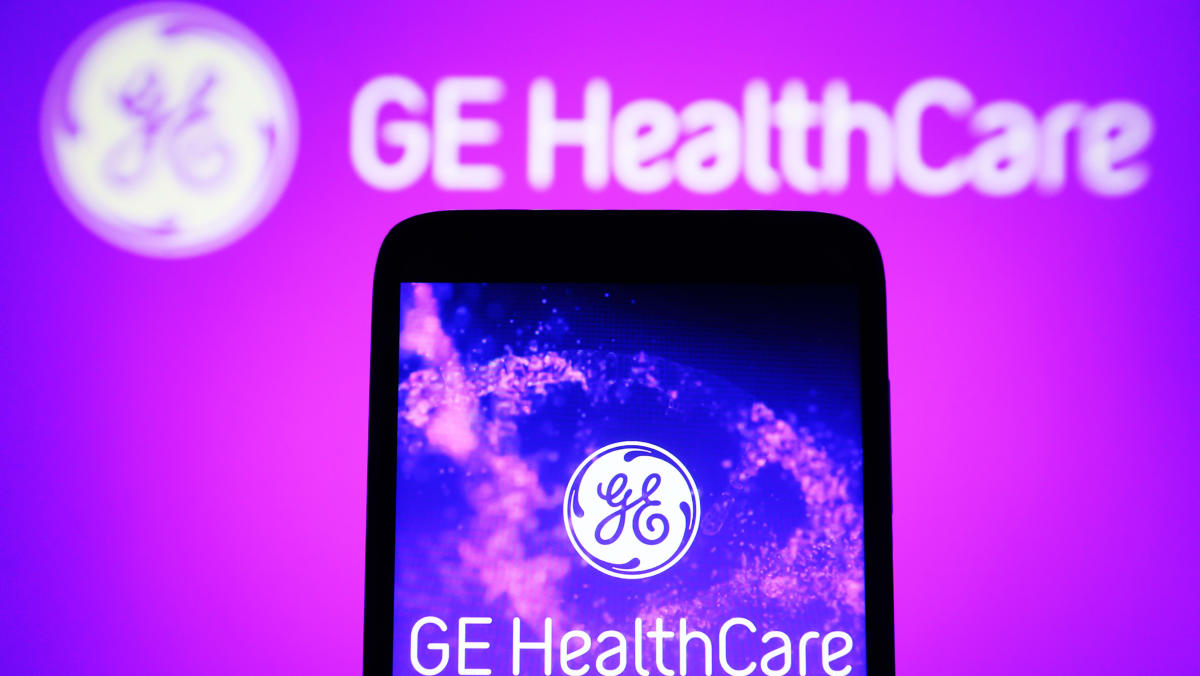A pilot study from GE Healthcare has shown the value of Portrait Mobile Continuous Monitoring Solution, a leap in post-surgical monitoring efficiency.
GE HealthCare has published data from a two-phase pilot study conducted with Cleveland Clinic, in Journal of Clinical Anesthesia. The data examines the performance of the wireless and wearable Portrait™ Mobile monitoring solution, in the post-surgical ward environment.
Alarm rates from critical care and cardiac telemetry units total hundreds per bed per day, leaving healthcare systems concerned with alarm management in lower acuity settings.
The results show the potential of the wireless and wearable Portrait Mobile monitoring solution, to provide meaningful alarms for clinicians and encourage clinical intervention while minimising alarm fatigue.
Efficiency and clinical impact of GE HealthCare’s Portrait Mobile Monitoring
Continuous Ward Monitoring with the GE HealthCare Portrait Mobile Monitoring Solution (COSMOS, for short) pilot study compares continuous monitoring with Portrait Mobile, to routine intermittent vital signs assessment only.
Key findings show:
- In the Portrait Mobile group, there were three alarms for each patient, each day.
- 82% of the Portrait Mobile alarms were found to be ‘informative or useful’ by clinicians.
- Portrait Mobile alarms informed clinical decisions. The most popular nursing intervention was the initiation of oxygen therapy or increase in the concentration of oxygen administered to a patient. As a result, healthcare professionals were prompted to supplement oxygen in about 60% more patients assigned to the Portrait Mobile group, compared to patients with intermittent monitoring.
- In the Portrait Mobile group, continuous monitoring and alerts led to clinical interventions which lowered vital sign abnormalities by 25%.
GE HealthCare’s real-time alerts revolutionise post-surgical care
“Vital signs are typically checked every 4-6 hours after surgery. Consequently, there can be a delay between onset of problems and when they are recognised by physicians and nurses,” said Daniel I. Sessler, MD, Principal Investigator, formerly with Cleveland Clinic. “Results of our COSMOS study indicate that continuous vital sign monitoring provides useful information to clinicians without burdening nurses.”
The results from the COSMOS Phase 2 pilot were presented at the American Society of Anesthesiologists 2024 Annual Meeting. The Phase 2 pilot enrolled 150 post-surgical patients who were randomised to routine vital signs assessment oxygen saturation and pulse rate with Portrait Mobile.
In the Portrait Mobile group, researchers alerted clinicians when vital sign values exceeded the designated thresholds based on continuous monitoring. In both groups, clinicians maintained routine care of vital signs measurement at four-hour intervals.
The study proved that real-time alerts from Portrait Mobile lowers the duration and intensity of vital sign abnormalities. After the COSMOS pilot completion, a full clinical trial is currently underway. Continuous vital sign monitoring can help alert healthcare professionals to a patient’s decline in real-time, enabling timely intervention before a patient deteriorates.
74% of respondents to GE HealthCare’s The State of Flexible Healthcare Delivery survey said that expanding the use of continuous monitoring technologies across healthcare systems would help to spot deterioration faster.
As healthcare systems grapple with workforce shortages and complex patient management, John Beard, MD, Chief Medical Officer of Patient Care Solutions, GE HealthCare, says that it is essential that healthcare providers are supported by technology to work efficiently and effectively.
“In the ward environment where bedside clinicians are responsible for multiple patients simultaneously, care should be focused on the patients who need it most and this requires ongoing surveillance and communication,” said John. “Continuous physiologic monitoring solutions can meet the challenge to alert care teams for changes in patient status but must be properly configured to optimise actionable alarms and clinical value. These research findings demonstrate that Portrait Mobile can meet the needs of patients and clinicians and provide critical information to support clinical decision making without causing undue burden.”
Portrait Mobile is part of GE HealthCare’s FlexAcuity monitoring solutions, which are designed to adapt to patient needs as they evolve.
GE HealthCare’s technology has been celebrated worldwide for its design, receiving both the iF Design Gold Award for Product Design in 2022 for Portrait Mobile and an iF Design Award in 2023 for CARESCAPE Canvas.



